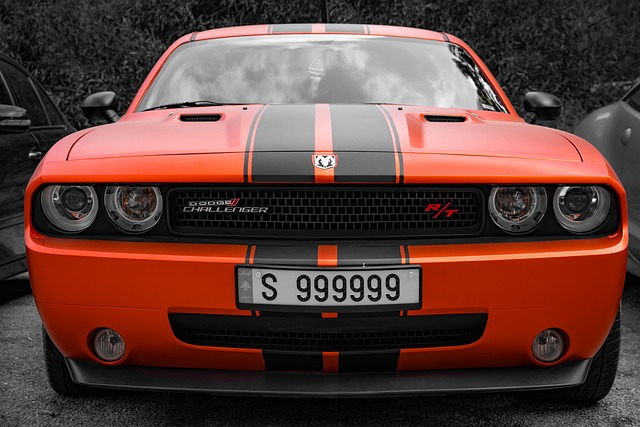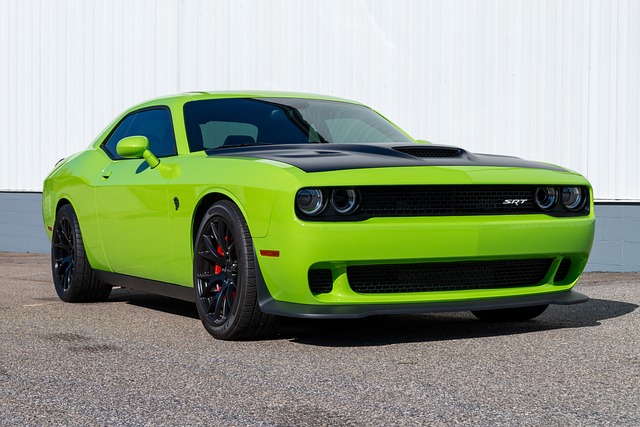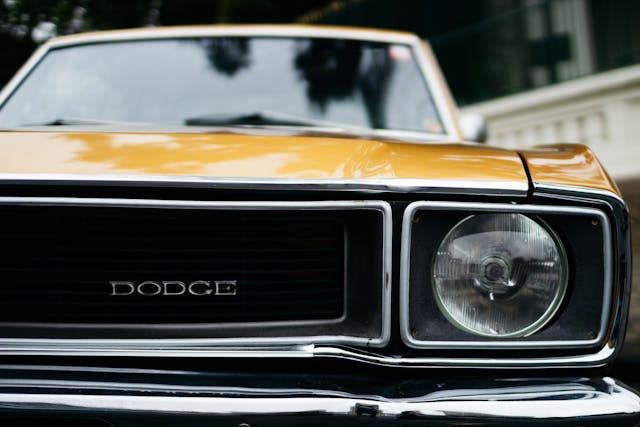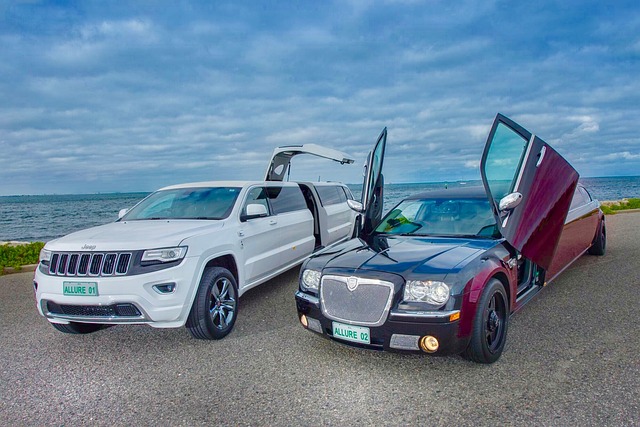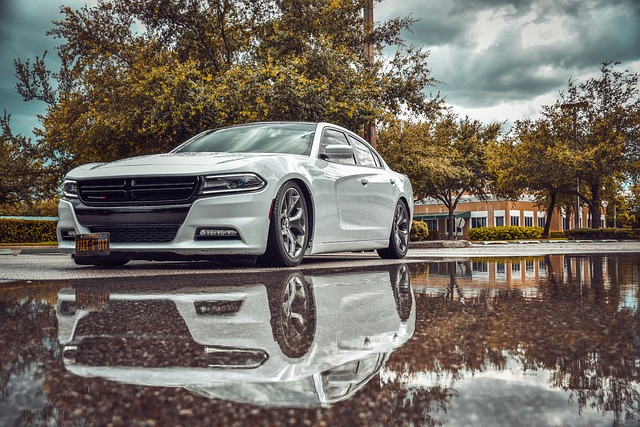Fiat 500 Review, Pricing, and Specs
Overview
Say goodbye to boredom with this charming scoop of Italian gelato—the Fiat 500 is ready to enliven your garage. Both the hard-top 500 and the retractable softtop 500C rely primarily on charm but provide nothing more. If you enjoy the appearance of the 500, you should move quickly to obtain a new one: This is the last year it will be available in the United States.
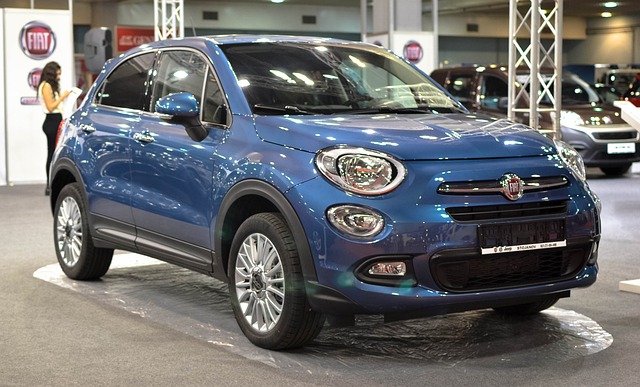
Engines, Ride and Handling
A turbocharged 1.4-liter four-cylinder is currently the only engine available; the vehicle isn’t lightning fast, but its 135 horsepower gets it about town just fine. We last tested a 500 with this engine in 2013, and it took 8.1 seconds to go from 0 to 60 mph. A six-speed automatic transmission is offered, but those who want to shift themselves may stick with the conventional five-speed manual. Despite Fiat’s boast that the 500’s suspension is “sport tuned,” the chassis lacks agility. However, no one buys a Fiat 500 for performance—perhaps those interested in the sporty Abarth variant do—as the little city vehicle is more of a fashion piece.
Interior and Technology
Its lovely, vintage design still sticks out in traffic, despite the fact that nothing has changed since the car’s introduction in 2011. Inside, the dash has a 5.0-inch infotainment touchscreen, as well as a circular digital panel that illuminates the gauge display. Fiat provides a variety of stylish themes, such as houndstooth fabric seat coverings and two-tone caramel and cream leather. The 500 has few driver-assistance systems, including merely parking sensors and a backup camera. Instead, the 500’s popularity stems from its cheap price and cheeky demeanor, since purchasing one demands tradeoffs like as limited passenger room, poor performance, and out-of-date technical features.
Since its introduction in 1957, the Fiat 500 has won the hearts of millions of people across the globe with its beautiful design, agile handling, and unique character. The Fiat 500, one of Italy’s most popular automotive exports, has transcended decades to become a symbol of Italian elegance and flair. In this essay, we will look at the Fiat 500’s rich history, ongoing popularity, and cultural relevance.
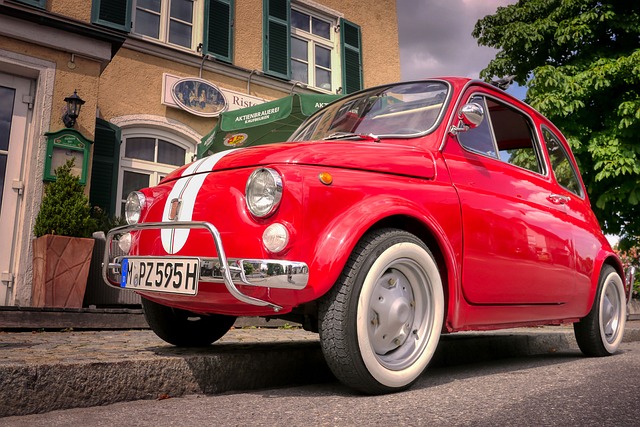
A Brief History:
The Fiat 500, also known as the “Cinquecento,” was developed by Fiat in 1957 as a tiny and economical city automobile meant to answer the postwar desire for inexpensive transportation. With its small size, cheery appearance, and fuel-efficient engine, the Fiat 500 rapidly became a popular option among urban commuters and city inhabitants across Europe.
The Fiat 500 has gone through various versions and modifications over the years, developing to suit new market expectations while maintaining its unique style and character. From the original “Nuova 500” to the current “New 500,” the Fiat 500 has stayed loyal to its beginnings as a practical, attractive, and enjoyable city vehicle.
Design and Style:
The Fiat 500’s lasting popularity stems from its classic design and trademark style. The Fiat 500 is inspired by the traditional Italian design idea of form follows function, with a small and aerodynamic profile, rounded curves, and whimsical touches that ooze charm and character.
Inside, the Fiat 500 has a surprisingly big and well-appointed interior, with comfortable seating for four and a slew of contemporary comforts and gadgets. The inside of the Fiat 500 is just as beautiful and practical as its appearance, with a circular instrument cluster, body-colored dashboard panels, and configurable trim choices.
Performance and handling:
While the Fiat 500 is neither the quickest or most powerful vehicle on the road, it shines in urban situations due to its nimble handling, agile mobility, and economical engine choices. Whether traversing small city streets, dashing through traffic, or squeezing into tiny parking spots, the Fiat 500 provides an enjoyable and practical driving experience.
With a variety of engine choices, including fuel-efficient petrol engines and eco-friendly electric powertrains, the Fiat 500 appeals to a wide spectrum of drivers and lifestyles. Whether you want fuel economy, performance, or zero-emissions driving, there’s a Fiat 500 model to meet your needs and preferences.

Cultural Impact and Legacy:
Aside from its functionality and efficiency, the Fiat 500 has a unique place in the hearts of enthusiasts and collectors due to its cultural importance and ageless appeal. The Fiat 500 has made an indelible impression on popular culture and automotive history, with appearances in films, television programs, and ads, as well as fame as a fashion and design classic.
Today, the Fiat 500 is as popular as ever, with a devoted following of owners and fans who appreciate its distinct history and continuing appeal. Whether cruising the Amalfi Coast or navigating the streets of Rome, the Fiat 500 exemplifies Italian elegance, inventiveness, and joie de vivre.
To summarize, the Fiat 500 is a timeless symbol of Italian automotive design, admired for its appealing style, practicality, and cultural relevance. From its modest origins as a tiny city vehicle to its current stature as a global sensation, the Fiat 500 has captivated millions of people worldwide and made an unmistakable impact on automotive history. As we look forward, the Fiat 500’s heritage of flair, creativity, and iconic design will inspire future generations of drivers and fans.

